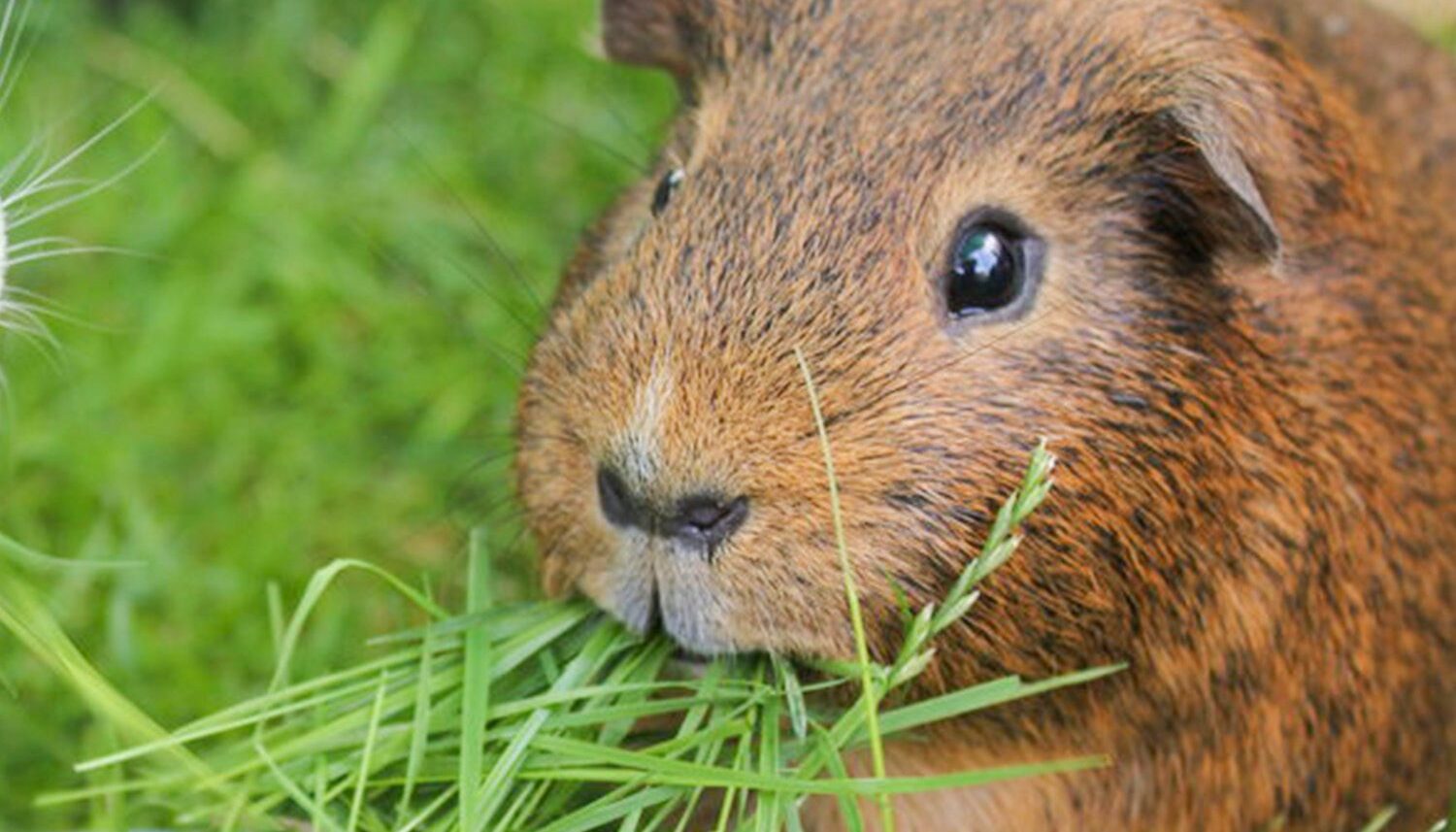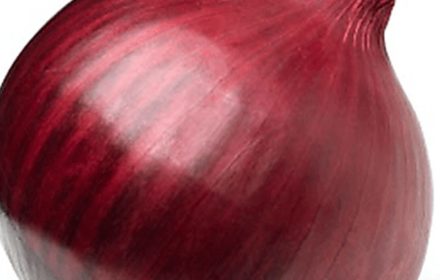Growing Guinea Pig Timothy Grass from Seeds
Timothy grass is a highly nutritious and essential component of a guinea pig’s diet, known for its high fiber content and dental health benefits. Growing your own Timothy grass ensures that your Guinea Pig receive the freshest and most natural food possible. This hardy perennial thrives in various UK climates and can be grown both indoors and outdoors. Each packet contains 3 grams of seeds, providing a substantial start to your homegrown guinea pig food supply. Once established, Timothy grass can grow up to 50cm tall, offering a generous harvest for your pets. One packet will cover over 1.5m squared of outdoor space. Perfect for growing your own guinea pig food from seeds.
When to Sow Timothy Grass Seeds in the UK
- Sowing Temperature: For optimal germination, maintain soil temperatures between 20-25°C (68-77°F). This temperature range ensures quick and even sprouting of seeds.
- Soil and Location: Select a location with fertile, well-drained soil that receives full sunlight. Timothy grass prefers rich soil amended with organic compost to provide the necessary nutrients for robust growth.
- Seed Sowing Advice: Sow seeds at a depth of 1/4 inch. Keep the soil consistently moist but not waterlogged during the germination period.
- Companion Planting: Timothy grass pairs well with other grasses and herbs, helping to promote a healthy garden ecosystem.
- Watering: Ensure consistent moisture, especially during dry spells. Water regularly to keep the soil evenly moist but avoid waterlogging.
- Weeding: Keep the area around Timothy grass free from weeds, which compete for nutrients and water. Gentle hand weeding is preferred to avoid disturbing the roots.
- Harvesting: Harvest the grass when it reaches about 50cm in height. Cut the grass and allow it to dry for 24 hours to make nutritious, edible bedding for your guinea pigs.
- Storage: Freshly harvested Timothy grass can be stored in a cool, dark place. Properly dried grass can be stored for several months, ensuring a continuous supply of food and bedding.
Grow Your Own Guinea Pig Food from Seeds in Spring
- Indoor Start: Begin indoors in late winter to early spring, around February to April, to get a head start on the growing season. This is particularly useful in regions with shorter growing periods or cooler springs.
- Outdoor Transplanting: Transplant seedlings outdoors when they are sturdy enough and the risk of frost has passed, typically from late May to June. Ensure soil temperatures have consistently reached 20°C (68°F) for best results.
Growing Guinea Pig Timothy Grass in Summer
- Direct Sowing: In areas with a longer growing season, direct sowing outdoors can be done in early to mid-summer, around June to July. This timing is ideal for harvesting in late autumn.
- Considerations: Ensure the soil is warm and there’s sufficient time for the plants to mature before the colder months. Summer sowing may require additional watering to keep the soil moist due to higher temperatures.
Growing Timothy Grass in Autumn/Winter
- Overwintering: In milder UK regions, sowing in autumn for overwintering can yield an early harvest the following year. Sow directly in the ground in September or October.
- Protection: Provide protection with fleece or a cloche as temperatures drop to shield young plants from severe frost and ensure their survival over winter.
Caring for Timothy Grass Plants & Seedlings - Transplanting: When transplanting seedlings outdoors, plant them 1 inch deep and space the plants 2-3 inches apart to allow for ample growth. Ensure the soil is well-drained and rich in organic matter.
- Maintenance: Keep the soil moist but not waterlogged. Timothy grass benefits from regular watering, especially during dry periods, to develop its full size and flavor.
- Mulching: Applying a layer of organic mulch helps retain soil moisture, suppress weeds, and regulate soil temperature.



















